Table of Contents
Introduction to Cassia and Ceylon Cinnamon
Understanding the difference between Cassia and Ceylon cinnamon is crucial for your health and cooking. While both are popular spices, Cassia cinnamon contains high levels of coumarin—a compound linked to liver damage when consumed in large amounts. Ceylon cinnamon, often called 'true cinnamon', has negligible coumarin and is the safer choice for regular use. This guide explains the key differences, health implications, and how to choose the right type for your needs.

Critical Health Risks of Cassia Cinnamon
According to the European Food Safety Authority (EFSA), coumarin in Cassia cinnamon can cause liver damage when consumed in excess. The tolerable daily intake is 0.1 mg per kg of body weight. Cassia cinnamon contains 1-5% coumarin by weight, while Ceylon contains only 0.004%. Regular consumption of Cassia (e.g., in daily supplements or large quantities) may exceed safe limits. For this reason, health organizations recommend Ceylon cinnamon for long-term use.
| Feature | Cassia Cinnamon | Ceylon Cinnamon |
|---|---|---|
| Coumarin Content | 1-5% (high risk with regular use) | 0.004% (negligible risk) |
| Origin | China, Indonesia, Vietnam | Sri Lanka |
| Appearance | Thicker, darker, rigid single layer | Thin, light brown, multiple curled layers |
| Flavor | Strong, sweet, spicy | Mild, floral, delicate |
| Texture | Hard, brittle | Soft, pliable |
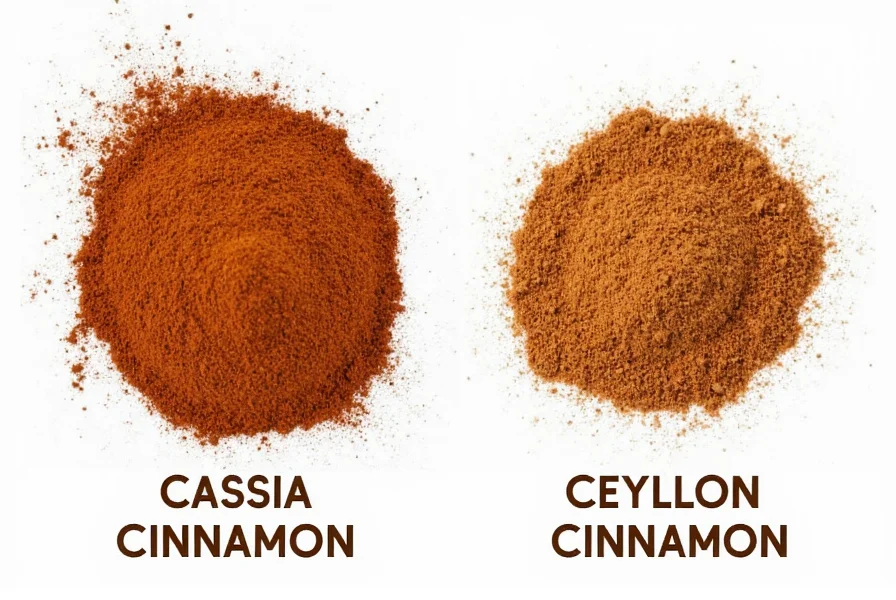
Flavor Profiles and Culinary Uses
The flavor difference between these cinnamon types significantly impacts cooking results. Cassia's bold intensity works best in hearty dishes, while Ceylon's subtlety shines in delicate preparations.
Cassia Cinnamon Flavor Profile
Cassia delivers a powerful, sweet-spicy kick ideal for robust recipes like apple pie, gingerbread, and chai spice blends. Its strong aroma penetrates dense ingredients but can overpower delicate dishes. Best for occasional baking or savory dishes where intense flavor is desired.
Ceylon Cinnamon Flavor Profile
Ceylon offers a refined, floral sweetness that complements rather than dominates. Perfect for fruit desserts, custards, coffee, and tea where subtle spice is needed. Its delicate nature makes it the preferred choice for daily use in beverages and light baking.
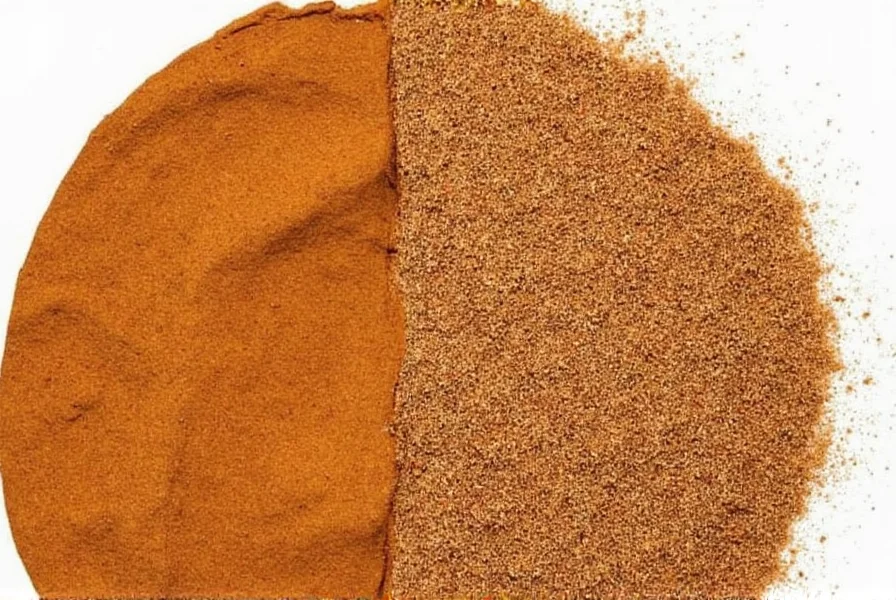
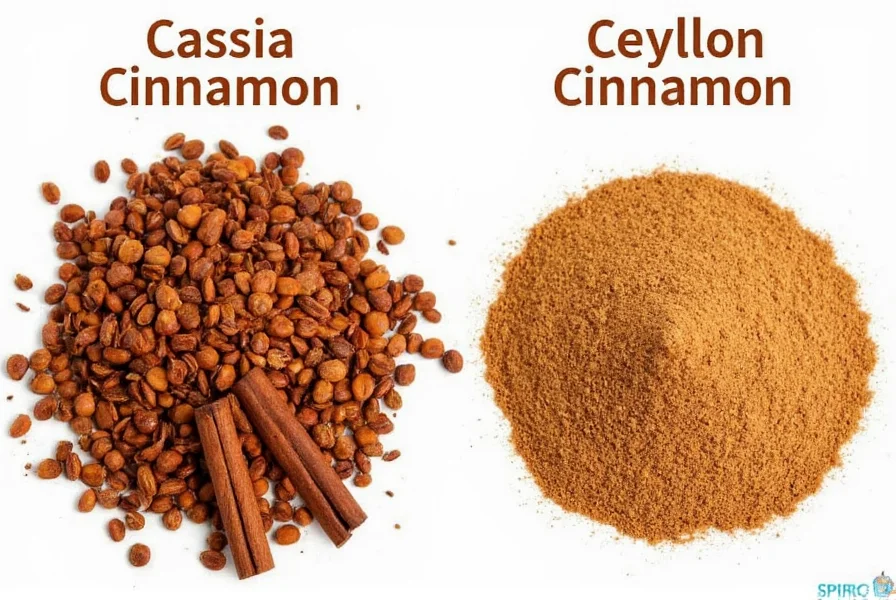
Buying Guide: How to Choose Safely
With most grocery store cinnamon being Cassia unless specified, follow these steps to ensure safe purchasing:
1. Check Labels for "Ceylon" or "True Cinnamon"
Most U.S. and European brands sell Cassia by default. If the package doesn't explicitly state "Ceylon" or "Sri Lankan cinnamon," it's likely Cassia. Reputable health food stores often carry Ceylon options.
2. Examine Physical Characteristics
Whole sticks: Ceylon forms thin, fragile layers that curl like a cigar; Cassia appears as a single thick, rigid roll. Ground cinnamon: Ceylon is lighter tan with fine texture; Cassia is darker reddish-brown and coarser.
3. Prioritize Health Considerations
For daily consumption (e.g., in coffee, oatmeal, or supplements), choose Ceylon to avoid coumarin risks. Reserve Cassia for occasional baking where its bold flavor is needed. Always verify origin labels when buying in bulk.
Frequently Asked Questions
Is Cassia cinnamon dangerous for health?
Cassia cinnamon contains high coumarin levels (1-5%) that can cause liver damage with regular high consumption. The EFSA recommends a maximum daily intake of 0.1 mg per kg of body weight. Occasional use in recipes is generally safe, but daily consumption (e.g., in supplements or large quantities) requires Ceylon cinnamon.
How can I tell if my cinnamon is Cassia or Ceylon?
For whole sticks: Ceylon forms multiple thin, fragile layers that easily crumble; Cassia is a single thick, rigid roll. For ground cinnamon: Ceylon is lighter tan with fine texture; Cassia is darker reddish-brown and coarser. Always check labels for "Ceylon," "Sri Lankan," or "true cinnamon"—if absent, it's likely Cassia.
Why is Ceylon cinnamon more expensive?
Ceylon cinnamon comes from Cinnamomum verum trees in Sri Lanka, requiring careful hand-harvesting of thin bark layers. This labor-intensive process yields less product compared to Cassia (from faster-growing Chinese/Indonesian trees), making it 2-3x more expensive. The higher cost reflects its superior safety profile for daily use.
Can I substitute Cassia for Ceylon in recipes?
Yes, but with caution. Cassia's stronger flavor means using 50% less than Ceylon. For delicate dishes (e.g., custards), substitute Ceylon for Cassia to avoid overpowering flavors. For bold recipes (e.g., spice rubs), Cassia works better. Always prioritize Ceylon for daily consumption due to coumarin risks.
Which cinnamon do major brands sell?
Over 90% of U.S. grocery store cinnamon is Cassia unless explicitly labeled "Ceylon" or "Sri Lankan." Brands like McCormick typically sell Cassia. Always check the country of origin—Sri Lanka indicates Ceylon; China/Indonesia/Vietnam indicates Cassia.
Conclusion
When choosing cinnamon, prioritize health first. For daily consumption in beverages, oatmeal, or supplements, Ceylon cinnamon is the only safe choice due to its negligible coumarin content. Reserve Cassia for occasional baking where its bold flavor is desired. Always verify labels for "Ceylon" or "Sri Lankan" origin—when in doubt, assume it's Cassia. Making this simple switch ensures you enjoy cinnamon's benefits without health risks.
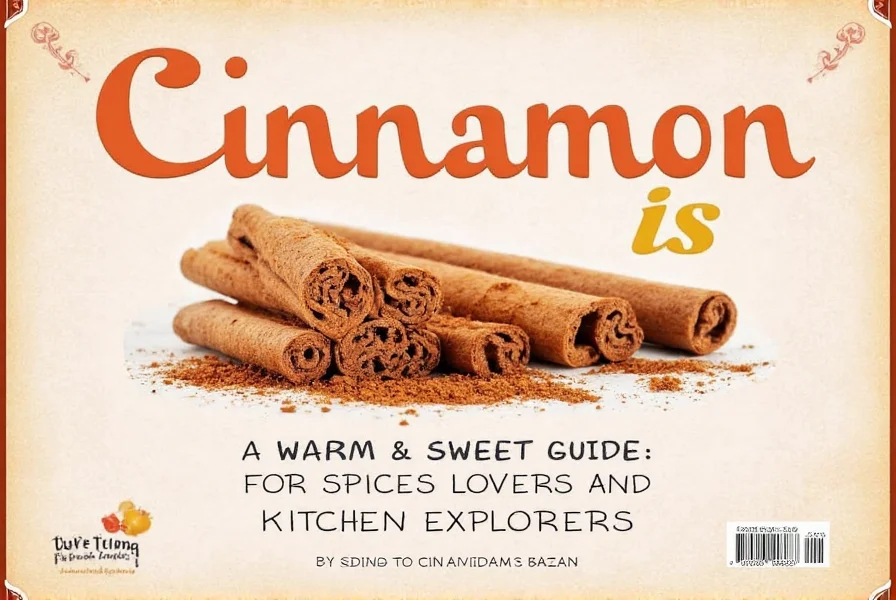

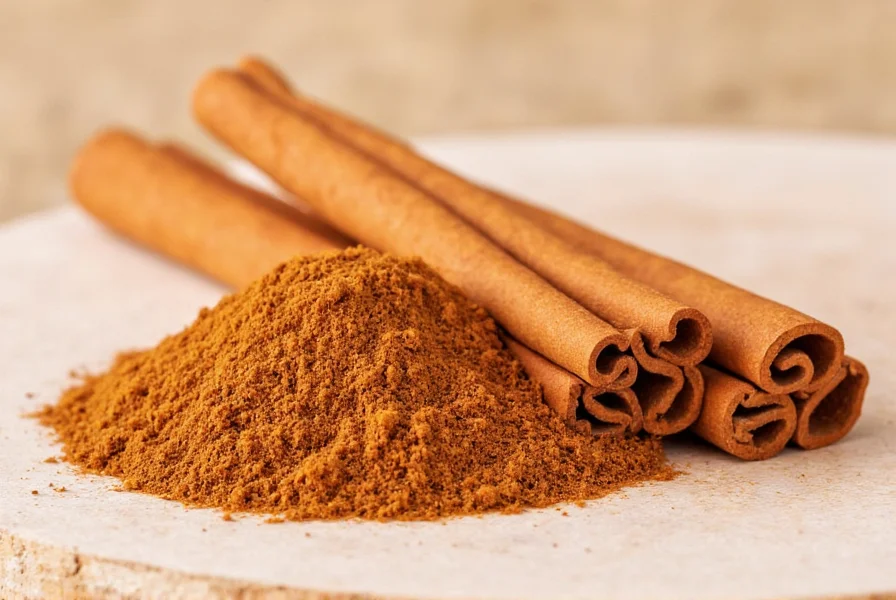









 浙公网安备
33010002000092号
浙公网安备
33010002000092号 浙B2-20120091-4
浙B2-20120091-4